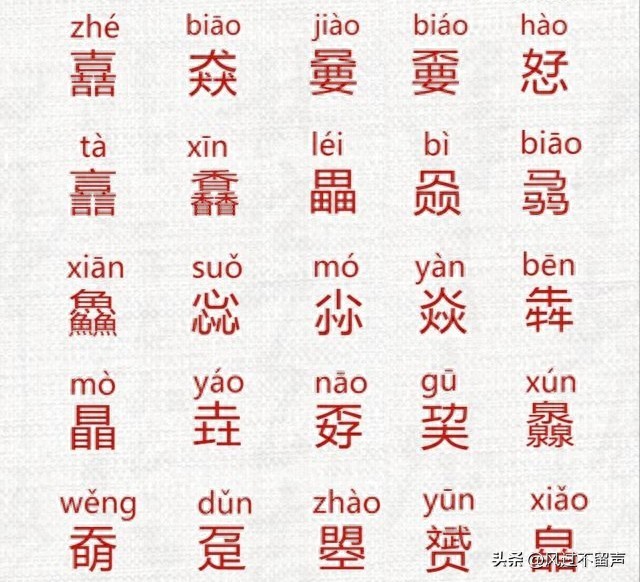The internet has been buzzing lately, with everyone talking about a striking statistic: on the language learning platform Duolingo, the number of American users studying Chinese (Mandarin) has skyrocketed by 216%. That’s no small feat! It shows a growing wave of enthusiasm among Americans for learning Chinese, like a tidal wave of excitement that’s impossible to ignore. But the big question on everyone’s mind is: what’s sparking this learning frenzy? Let’s dive in and uncover the reasons behind this phenomenon!
Lately, Chinese culture has been making its way into the daily lives of Americans. Duolingo, with its fun and engaging learning style, has captured the attention of many young people. The app doesn’t just offer a wide variety of language courses—it turns learning into a game-like experience that’s hard to resist. Believe it or not, it’s true! Since the pandemic hit, when people were stuck at home and bored, unable to hang out with friends or play games together, Duolingo swooped in as a “hero,” becoming the go-to choice for language learning. Picture this: instead of stressing over grammar, you’re leveling up like a boss in a game—how exciting is that?
At the same time, many Americans have realized that Chinese is no ordinary language. As the most widely spoken language in the world, mastering it is a highly valuable skill. With trade and cultural exchanges between the US and China growing ever more frequent, knowing Chinese is like being the star of the show—Mandarin learning has become increasingly meaningful.
So, is a 216% growth rate really that surprising? Look at the numbers, and you can feel the passion behind them. Digging deeper, there’s a clear curiosity about Chinese culture driving this trend. On social media, more and more Americans are discovering that learning Chinese helps them better understand China’s history, art, and way of life. They often say, “I want to connect with Chinese friends and dive into this rich, ancient culture.”
Career development is another major motivator. In today’s competitive job market, people are looking for an edge. English may be the “global language,” but adding “fluent in Chinese” to your resume is like putting a cherry on top. In recent years, companies have been increasingly seeking talent who can communicate across cultures. Knowing Chinese not only boosts your competitiveness but can also open entirely new career paths.
Social media’s influence can’t be overlooked either. Through viral posts by influencers, more people are getting inspired to join the Chinese-learning bandwagon. Many share their learning journeys on platforms like Weibo or Facebook, recounting funny and engaging stories about studying Chinese. Sometimes, a single short video can spark thousands of people to follow along on their own Chinese-learning adventure. The community keeps growing, and it’s buzzing with excitement! When even your friends are learning Chinese, it almost feels like a social event.
Of course, learning Chinese isn’t all smooth sailing—it comes with its challenges. Chinese characters, for instance, can feel like climbing a mountain. Beginners might get a headache just looking at the intricate shapes. But it’s exactly this “I can conquer this” mindset that keeps people going. For many, learning becomes like a game—the more they study, the more motivated they feel, and the sense of achievement takes the fun to a whole new level.

When it comes to learning methods, people are choosing increasingly diverse approaches. Some opt for online courses, others make new friends through language exchanges, and some even travel to China for immersive learning. Imagine strolling down a street, hearing Chinese all around you, and eating local street food with native speakers—everything feels so fresh and exciting. Some learners even try cooking Chinese dishes using recipes in Chinese, which is a blast!
Chinese is more than just a language; it’s a key that unlocks new social opportunities. By learning Chinese, many discover they can participate in US-China cultural exchange events, meet fascinating people, and even expand their professional networks. While enjoying the new experiences that language learning brings, they also tap into the social value of the language—it’s a win-win.
In this extraordinary era, learning Chinese has become a global trend. Slowly but surely, people are no longer seeing language learning as an isolated task but as a bridge to mutual understanding and collaboration. The Chinese-learning craze is not only opening doors of opportunity for individuals but also contributing to cultural exchange between nations.
To sum it up, this Chinese-learning boom reflects changes in American society and the deepening of US-China cultural interactions. Without a doubt, as more people take up Chinese, the future will place even greater emphasis on cross-cultural communication and understanding. Language learning has woven itself into every aspect of our lives, becoming an essential part of our world.









